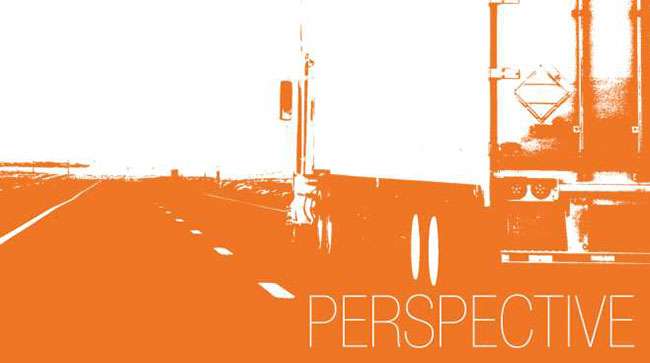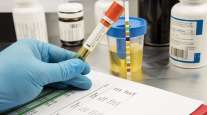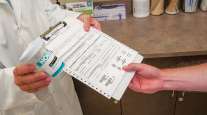Senior Director of Science for Employer Solutions, Quest Diagnostics
Perspective: Staying Vigilant on Drug Testing

[Stay on top of transportation news: Get TTNews in your inbox.]
As state laws and societal attitudes shift regarding recreational and medical marijuana use nationwide, employers in some fields are re-evaluating workplace drug testing. At the same time, however, this heightened attention on marijuana use is spurring new research into its impacts on health and safety. The emerging evidence propels an argument that employers — particularly in the transportation sector — should stay vigilant.
The history of workplace drug testing for safety-sensitive professions isn’t particularly long. More than 35 years ago, Congress and regulatory bodies, including the U.S. Department of Transportation, reacted swiftly after it was found that the crew on an Amtrak train that was involved in a fatal crash — one that killed 16 and injured 174 — had tested positive for marijuana. In the aftermath, federal mandatory drug screenings for employees in safety-sensitive industries were authorized, including trucking and others regulated by DOT. About a year later, President Ronald Reagan signed the Anti-Drug Abuse Act of 1988.
Over the years since, Quest Diagnostics has been reporting on drug use trends via its Drug Testing Index, and has produced a series of reports providing insight into workforce drug use based on positivity rates of de-identified laboratory tests for a range of drugs.
While there fortunately hasn’t been another deadly incident on the scale of the Amtrak crash, there are warning signs that drug misuse is as dangerous as ever. In 2021, overall results of the DTI illustrated that the rate of positive drug tests among America’s workforce has reached its highest since 2001, up more than 30% from an all-time low in 2010.

Harwani
Specifically, the report revealed several notable trends, like higher rates of positivity in individuals tested after on-the-job accidents. In both the general U.S. data and federally mandated workforces, the increase in positivity rates on post-accident tests for marijuana has outpaced those in pre-employment tests.
Marijuana positivity rates have also reached a 20-year high. In the general U.S. workforce, urine tests for marijuana saw an 8.3% increase, the highest positivity rate ever reported in the DTI.
As part of its reporting process, Quest analyzes positivity rates across industries such as retail, construction, transportation and warehousing. While some states have begun the process of legalizing marijuana for medical use, recreational use or both, certain private-sector employees — such as those safety-sensitive workers mandated by the DOT — are still required to be tested for it under federal laws, and workers may risk losing their jobs if they use marijuana during working hours or before work.
Since the DOT first implemented testing mandates in the 1980s, estimates show drug positivity among transportation workers dropped 50%.
That said, of the industries tested in the 2021 DTI, transportation and warehousing saw some of the largest increases in marijuana-positive specimens. Specifically, the transportation and warehousing industry saw a steep climb of positive drug screening results among the general workforce, increasing over 57% since 2017 — largely led by marijuana.
As of June 1, 2022, preliminary numbers do not appear to be much better, with almost 130,000 truck drivers (a population that largely makes up the federally mandated, safety-sensitive transportation positives) in the Drug and Alcohol Clearinghouse, a database tracking CDL driver drug and alcohol program violations. Nearly 97,000 still hold prohibited status, with a majority (72,000) yet to start the return to duty process.
Societal attitudes toward marijuana are shifting. But we cannot overstate the importance of workforce testing for ensuring safety for certain industries — especially transportation.
Since the Amtrak crash, deadly car accidents for the general public involving marijuana have also increased, nearly doubling over the course of 20 years. Recent studies show marijuana legalization has impacted this, as well — across states, legalization of the recreational use of marijuana was associated with a 6.5% increase in vehicle injury crash rates and a 2.3% increase in fatal crash rates.
Employer policies on workforce drug use and screening impact everyone. As positive test results continue to climb, employers cannot afford to be careless. Though some have begun to believe marijuana may be benign enough to leave off employment screening panels, it is clear that the health and safety effects are just as prevalent now as they were 35 years ago — if not more so.
Suhash Harwani, Ph.D., is senior director of science for employer solutions at Quest Diagnostics.
Want more news? Listen to today's daily briefing below or go here for more info:




